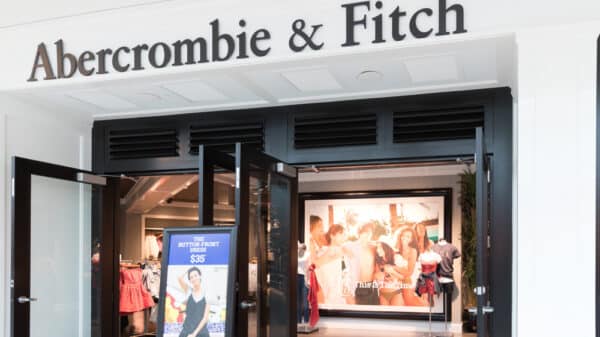Fashion retailer Shein, in collaboration with Reliance Retail, is on a swift trajectory to expand its Indian supplier base and introduce India-produced Shein-branded apparel into global markets within the coming six to twelve months. This bold initiative stems from a gathering understanding among business insiders, reflecting the rising need for diversification in sourcing amidst the changing dynamics of international trade.
The backdrop to this venture reveals a strategic shift by Shein, a company originally founded in China and now headquartered in Singapore. The discussions concerning these expansion plans started well before the United States imposed new tariffs on Chinese imports, prompting Shein to look toward India as a viable sourcing alternative. The partners’ ambitious goal is to escalate the number of Indian suppliers from a modest 150 to an impressive 1,000 over the next year.
In a recent statement, Shein confirmed it has granted a license for its brand to be utilized in India, although Reliance did not respond to requests for further details. Known for offering ultra-affordable apparel—think $5 dresses and $10 jeans—Shein serves around 150 countries, relying heavily on a complex network of 7,000 suppliers primarily based in China. The U.S. market remains its biggest revenue generator, although new tariffs on low-value e-commerce packages from China have prompted it to adapt its business model.
Shein first entered the Indian market in 2018, but its operations were curtailed in 2020 when the Indian government banned its app amid heightened geopolitical tensions with China. Nevertheless, Shein made a comeback in February 2025 under a licensing agreement with Reliance, which enables sales of Shein-branded clothing manufactured in local Indian factories. This contrasts with its other online platforms that predominantly showcase goods procured from China.
Reliance, under the stewardship of Mukesh Ambani, one of Asia’s wealthiest individuals, has already contracted around 150 garment manufacturers and is actively engaging in discussions with an additional 400 suppliers, as indicated by sources familiar with the situation. The aim? To transform the Indian manufacturing landscape by establishing 1,000 factories dedicated to producing Shein-branded clothing, thereby catering to the domestic market while also reaching international Shein customers.
Initial plans suggest that Shein will feature India-made clothing on its U.S. and UK websites. However, how quickly this unfolds hinges on their ability to scale their supplier network effectively.
This partnership not only aligns with Shein’s strategy to bolster its supply chains but also reflects a broader trend of global fashion retailers, including Walmart, keen to diversify their sourcing strategies away from China amid ongoing trade tensions.
On the ground, Shein India’s app has already recorded an astounding 2.7 million downloads across Apple and Google Play platforms, with a staggering month-on-month growth rate averaging 120%. In its early stages, Shein India introduced 12,000 designs, albeit just a fraction of the 600,000 available on its U.S. platform. The price point remains competitive, with women’s dresses starting at 349 Indian rupees (approximately $4), which certainly appeals to price-sensitive consumers.
Reliance is also keen on embracing Shein’s innovative and adaptable manufacturing model. Plans are underway to work closely with suppliers capable of delivering Shein’s best-selling items at competitive costs. They aim to refine this on-demand model, seeking to limit initial production runs to as few as 100 units per design, ramping up only for high-demand items.
The collaboration has sparked enthusiasm within Reliance, with executives undertaking visits to China to glean insights from Shein’s innovative supply chain management and data-driven design methods. Manish Aziz, Assistant Vice President of Shein India at Reliance Retail, recently expressed admiration in a LinkedIn post, noting the remarkable scale and speed of Shein’s operations.
Adding to its already diverse portfolio, this partnership enriches Reliance’s fashion collaborations, which include established brands like Brooks Brothers and Marks and Spencer, while also fortifying its competitive stance against e-commerce giants like Amazon and Flipkart.
As part of expanding this vibrant new chapter in Indian fashion manufacturing, Reliance plans to invest significantly in new suppliers, particularly focusing on fabric sourcing—especially synthetic fibers, where Indian apparel industries currently lag behind. They are also committed to importing the necessary machinery and scaling operations to enhance the Shein-Reliance partnership’s global reach.
This venture not only highlights Shein’s growth ambitions but also underscores the increasing significance of India as a global manufacturing hub in the fashion industry. The global retail landscape is changing, and as Shein and Reliance join forces, they may well redefine the clothes on our backs—making high-fashion affordable, accessible, and more local than ever before.
Image Source: Unsplash





























